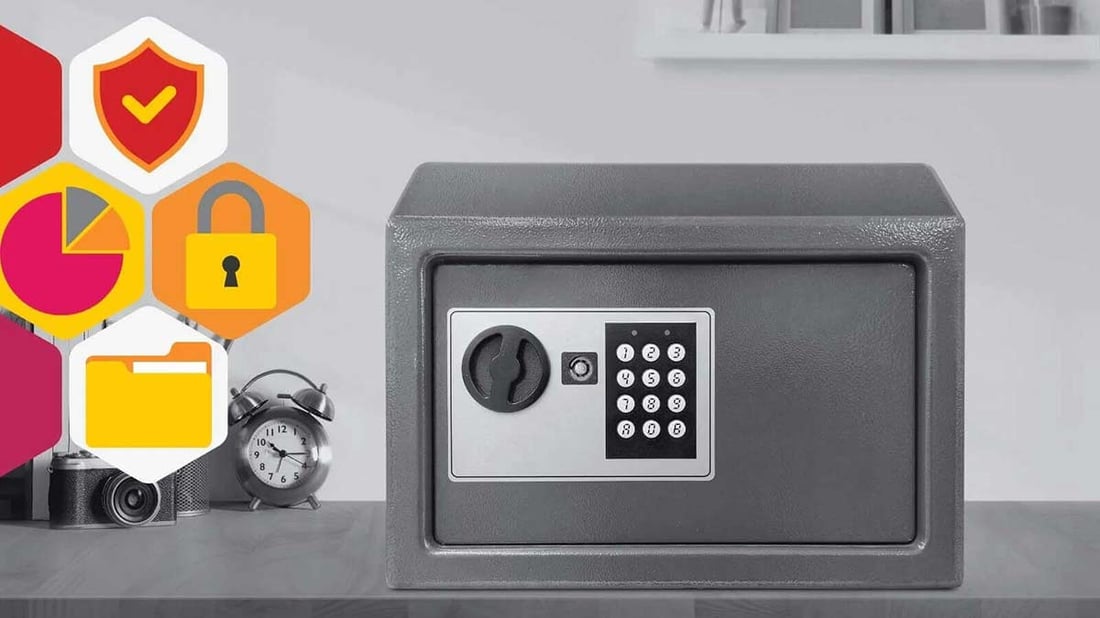The 9 Golden Rules to Keep Your Passwords Safe and Secure
In our fast-paced digital world, where passwords guard everything from your bank account to your cat’s Instagram profile, ensuring their security is...
Psst: CISOs and experts, this is one of our beginner-oriented articles! If you're looking for more advanced material, we recommend a dive into the blog archives!
So, you’ve accidentally clicked on a phishing link?
Buckle up, buttercup, because this could be a wild ride.
Joking over, let’s get serious about this to protect your safety. First, don’t panic. Second, don't punch us in the face for giving that advice. We understand that it's natural to panic in this situation.
(We’re sorry we hit you with that sassy buttercup line.)
When things happen like this, it can be scary, but we’ve got some solid advice for you.
Bad actors send phishing emails with one of two aims.
The first is to get you to submit personal information.
The second is to get you to download a malicious file.
Let’s break down how to confirm what you did was part of a phishing attempt, how to respond immediately, and what to do if your information is compromised.
To confirm you are dealing with a phishing attempt, you can look for these common red flags:
So, you’ve confirmed it was a phishing link that you accidentally clicked on. Going forward, best practice says to treat ALL links in emails and texts with suspicion.
It is important not to interact further if you have clicked on a phishing link or downloaded a potentially malicious file. An attachment may have been downloaded without your knowledge. Stay vigilant and safeguard your privacy and security online by responding calmly.
To prevent additional damage, avoid clicking, installing, launching, deleting, renaming, or undertaking any other action with the potentially suspicious file. Instead, reach out to your security team and promptly follow their protocol for managing and investigating the issue.
If you have reputable malware search software, you can even scan your system for malware. In some scenarios, it may make sense to disconnect your device from the internet.
If the phishing link came through a text message, you should know that mobile devices can get malware just like desktop computers. Personal mobile devices are often being targeted with banking trojans – malware designed to log into banking apps on phones and drain bank accounts.
Did you provide any Personally Identifiable Information (PII)?
If you click on a link and give personal information or credentials on a fake page, take action right away after leaving the phishing site. Change your passwords. Contact your security team for further advice.
Pro Tip: any page that asks for credentials – particularly Office 365 or email credentials – should immediately raise alarm bells. Report it to the IT team.
Remember that attackers usually know if you have clicked their link. This makes you a potential target for further phishing attempts. Attackers can obtain data about you, like your IP address. They can also identify which application you used to open the link, such as Firefox or Chrome. Be extra cautious, and do not interact with any communication that appears suspicious or questionable. Let's stick with our current pals for now, but we're always down to make some new ones later on. 😉
Other steps to take if you believe your information has been compromised:
What’s the lesson here for better cybersecurity and a safer, secure future? Be careful what links you click, and don't trust just any login page. As for the cybercriminals out there, maybe it's time for a career change? I hear there's a need for IT professionals these days...
If you’re looking for cybersecurity training and a platform that works, we can help.

In our fast-paced digital world, where passwords guard everything from your bank account to your cat’s Instagram profile, ensuring their security is...
3 min read

Metrics and chill: Cybersecurity Metrics for protection and peace of mind Psst: CISOs and experts, this is one of our beginner-oriented articles! If...
4 min read

It's time. The holidays are upon us, a time of joy, togetherness, and celebration. But in recent years, our festivities have taken on a digital...
7 min read
Subscribe to our newsletters for the latest news and insights.
Stay updated with best practices to enhance your workforce.
Get the latest on strategic risk for Executives and Managers.
